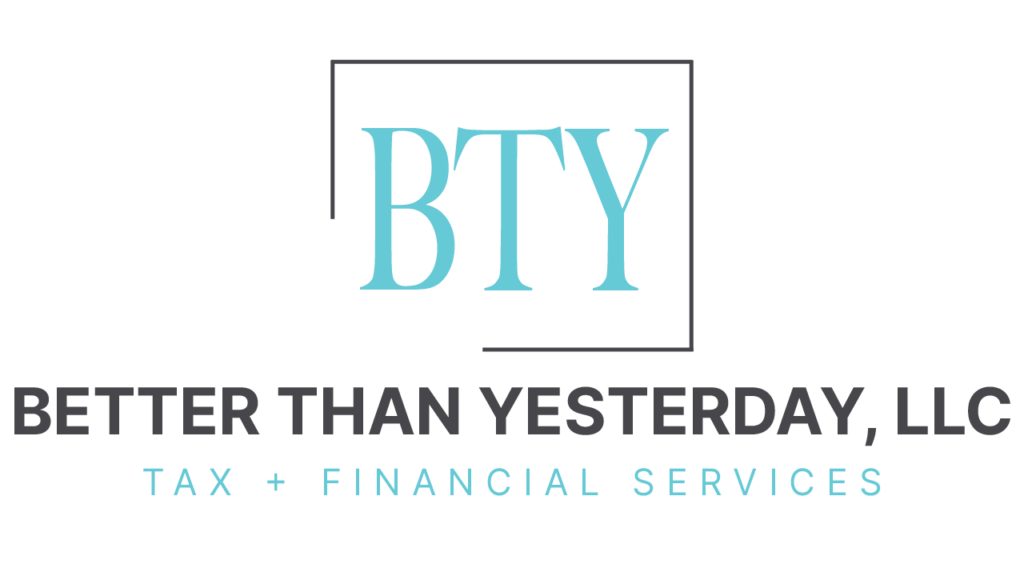Paying hospital bills is never fun. But paying hospital bills TAX-FREE makes it a little better. How is that possible? Well through either an HSA or FSA.
Both help you save money and cover health care costs through tax-advantaged accounts. But there are some major differences between the two accounts.
HEALTH SAVINGS ACCOUNT (HSA)
Health Savings Accounts are used to pay for qualified medical expenses tax-free.
HSAs are available for individuals with a high-deductible health plan (HDHP). A $1,400 deductible for individuals or $2,800 for family plans is the minimum deductible amount to qualify. You do not qualify for an HSA if you’re enrolled in Medicare or claimed as a dependent on another person’s tax return.
You can open an HSA through a bank or vendor if your employer does not offer an HSA as a benefit.
FLEXIBLE SPENDING ACCOUNT (FSA)
Flexible Spending Accounts are also used to pay for qualified medical expenses tax-free. However, the FSAs are employer-sponsored accounts so you can only use this account if your employer offers it as a benefit.
There are no other restrictions for having the account. But, ironically, there are some cons that make these accounts less flexible than an HSA.
HSA VS. FSA COMPARISON CHART
| HSA | FSA | |
| Qualifications | Only people with an HDHP can qualify. You cannot be enrolled in Medicare or be claimed as a dependent on someone’s tax return. | No requirements, but only available to those who are offered one as an employee benefit can have an FSA. |
| Rollover Rules | All unused funds roll over every year and can be saved in your account long-term. | Typically, FSAs are a use-it-or-lose-it situation. You may have the option to roll over $570 to the next plan year or have an additional 2.5 months to spend the previous year’s contributions. |
| Annual Contribution Limits | The 2022 limit is $3,650 for individuals and $7,300 for families. | The 2022 limit is $2,850, but the employer has the ability to set the limit lower. |
| Changes to Contributions | Yes, you can change the contributions throughout the year, as long as contributions are below the annual limits listed above. | Changes can only be made during enrollment unless you have a qualifying life event, or you change your plan/employer. |
| Long-Term Savings | Yes | No |
| Changes to Employers | Even if the HSA is employer-provided the account belongs to you and follows you wherever you go. | FSAs do not follow you to your new employer, so any unused money is forfeited. Unless you have COBRA coverage allowing you to keep the FSA. |
| Available for Self-Employed Individuals | Yes | No |
| Tax Savings | Contributions can be made pre-tax directly from your paycheck or you can contribute after-tax dollars and then receive the “pre-tax” benefit when filing your tax return as a tax deduction. Contributions grow tax-free and accumulated savings can be withdrawn after age 65 like a traditional IRA. Distributions are tax-free as long as the funds are used for qualified medical expenses (see the list below). | Both contributions and distributions are tax-free as long as the funds are used for qualified medical expenses (see the list below). Contributions are typically made pre-tax directly from your paycheck. |
QUALIFIED MEDICAL EXPENSES
Below is a list of common IRS-qualified medical expenses:
- Acupuncture
- Ambulance
- Artificial limbs
- Artificial teeth
- Birth control treatment
- Blood sugar test kits for diabetics
- Breast pumps and lactation supplies
- Chiropractor
- Contact lenses and solutions
- COVID-19 diagnostic testing and treatment
- Crutches
- Dental treatments (including X-rays, cleanings, fillings, sealants, braces and tooth removals)
- Doctor’s office visits and co-pays
- Drug prescriptions
- Eyeglasses (Rx and reading)
- Fluoride treatments
- Feminine hygiene products
- Fertility enhancement (including in-vitro fertilization)
- Flu shots
- Guide dogs
- Hearing aids and batteries
- Infertility treatment
- Inpatient treatment at a therapeutic center for alcoholism or drug addiction
- Insulin
- Laboratory fees
- Laser eye surgery
- Medical alert bracelet
- Medical records charges
- Midwife
- Occlusal guards to prevent teeth grinding
- Orthodontics
- Orthotic Inserts (custom or off the shelf)
- Over-the-counter medicines and drugs:
- Acid controllers
- Acne medicine
- Aids for indigestion
- Allergy and sinus medicine
- Anti-diarrheal medicine
- Baby rash ointment
- Cold and flu medicine
- Eye drops*
- Feminine antifungal or anti-itch products
- Hemorrhoid treatment
- Laxatives or stool softeners
- Lice treatments
- Motion sickness medicines
- Nasal sprays or drops
- Ointments for cuts, burns or rashes
- Pain relievers, such as aspirin or ibuprofen
- Sleep aids
- Stomach remedies
- Personal protective equipment (PPE) like masks and hand sanitizer
- Physical therapy
- Psychiatric care
- Psychoanalysis
- Psychologist
- Special education expenses that include tutoring for a child with learning disabilities caused by mental impairments (recommended by doctor)
- Speech therapy
- Stop-smoking programs (including nicotine gum or patches, if prescribed)
- Surgery, excluding cosmetic surgery
- Vaccines
- Vasectomy
- Vision exam
- Walker, cane
- Wheelchair
This list does not guarantee reimbursement or qualification as there are frequent updates and regulations governing these accounts. This list is only to be used as a guide for the submission of claims. Always refer to your Plan Document for confirmation of reimbursable expenses under your specific plan.
Follow along for more tax tips!
All videos are made with Animaker, sign up for free today!






